In south-eastern Australia, the capacity of conventional power has run down to the point where there is just enough to meet the peak of demand at dinner times in summer and winter. Occasionally, it falls short and a bit of invisible load shedding with the, in my view, Orwellian-sounding Reliability and Emergency Reserve Trader (RERT) scheme keeping the problem out of sight of the plebs. Essentially, big users power down (with compensation) to prevent blackouts.
When the supply fell seriously short in June last year, we had to burn gas at crippling expense. Despite this warning, the latest AEMO Statement of Opportunities projects that 60 per cent of our surviving coal capacity will close by 2030.
How will this work? When Hazelton closed in 2017, the market operator warned that we were travelling without enough spare capacity to be comfortable. The closure of Liddell brought us closer to the brink.
States and nations around the world, from Britain and Germany to Saskatchewan and Texas, are reaching the critical point stage where subsidised and mandated wind and solar power have displaced enough conventional power to cause blackouts when the wind fails. This is because unreliable energy can displace coal and gas from the energy market, but not replace them.
What will fill the gap when we lose 60 per cent of the current 20GW of coal capacity? That is 12GW which admittedly needs to be adjusted downwards because the coal plants mostly run well short of 100 per cent capacity, but it is a ballpark figure to get the discussion started. Besides, we expect to need a great deal more power by 2030.
More wind and solar capacity?
The official plans call for as much as nine times the current provision. Can anyone seriously envisage the people in the country allowing that to happen?
And there are serious wind droughts lasting whole days and nights, sometimes several in a row, when there is little or no wind across the whole NEM. To be sustainable the system has to maintain supply through several days when the windmills deliver less than 10 per cent of their installed capacity. No affordable or feasible amount of overbuilding will compensate for the lack of wind.
Three strategies, known as the ‘Holy Trinity’, are advanced to overcome wind droughts. The first is interstate connectors to carry spare power across the country, but these do not work when the drought extends across the whole of the NEM and there is no spare wind anywhere. The other two suggestions are pumped hydro storage and batteries.
Pump hydro is not a serious contender because no significant scheme in the world is powered by unreliable energy. Snowy 2.0 will probably never be built, and if it ever runs, modelling for The Energy Realists of Australia suggests that the output will be a great deal less than the amount claimed in the business case and the cost will be much higher. That was before the cost explosion!
All the batteries that are installed and in the pipeline will only provide a fraction of the power required to get through the 12-14 hours when the sun is off duty on a windless night.
Looking at other options, there is no scope to expand the current 8GW of conventional hydro or to ramp up the output through a wind drought. It ramps up daily to meet the morning and evening peaks on low wind days but it seldom runs above 60 per cent of capacity to save the dams from running dry.
Gas is an obvious contender if it is available and affordable, but both the availability and the affordability going forward are problematic.
Nuclear power will presumably be in the mix eventually, but only the boldest exponents would predict that it will be a big player by 2030.
This survey of the options available suggests that there is no Plan B to provide continuous power when the coal fires stop burning. The current ‘Plan’ is an aspirational fantasy driven by the obsession with global warming and discredited models used by the IPCC to specify a 1.5 or 2 degree limit on warming to avoid catastrophe.
Another study supports that conclusion. In 2022, James Taylor recruited a team of independent experts associated with The Energy Realists of Australia to conduct a serious review of the AEMO’s Integrated System Plan.
Taylor wrote a summary of the highly technical report and this can be found on the New Catallaxy blog under the heading Suicidal Power Planning.
It is hard to find the words to do justice to the debacle that this ‘Plan’ has engendered, surely the worst public policy blunder in our peacetime history. James Taylor did his best.
How this situation has been allowed to proceed this far is an astounding failure of political leadership and, quite frankly, common sense.
Furthermore, it is a plan to transition our country from a safe, independent, cost-effective and reliable NEM to one that exposes us to almost complete dependency on China for equipment supply and the risk of cyber attack. One cannot imagine a worse outcome.
Amen.
Meanwhile, in the alternative universe, we read in the press today that the corporate class is all on board for getting out of coal by 2040 and the big legal firms are lawyering up to reap a massive harvest from red and green lawfare on the back of laws and regulations to advance the suicidal green traincrash.
Got something to add? Join the discussion and comment below.
Get 10 issues for just $10
Subscribe to The Spectator Australia today for the next 10 magazine issues, plus full online access, for just $10.


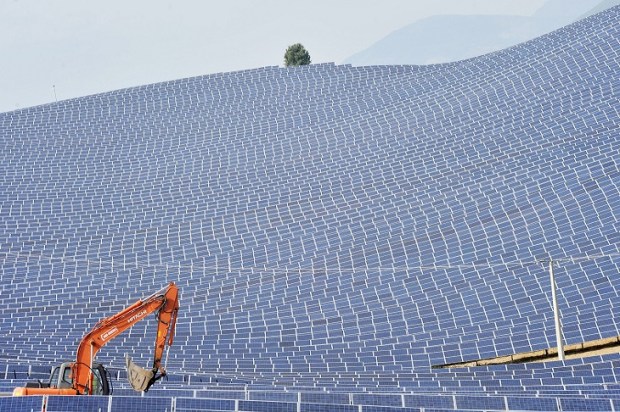

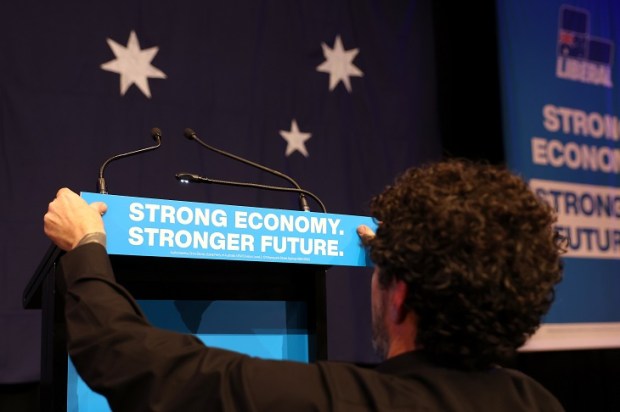
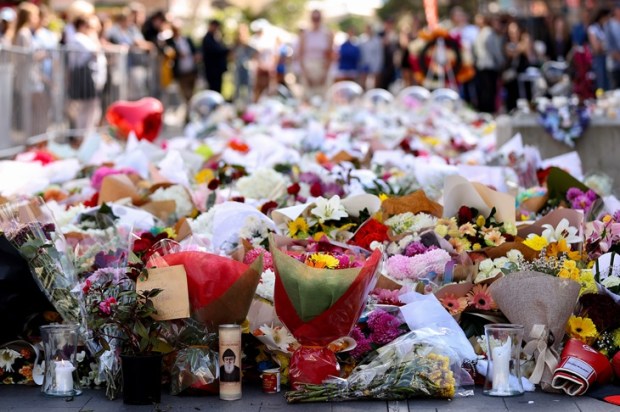
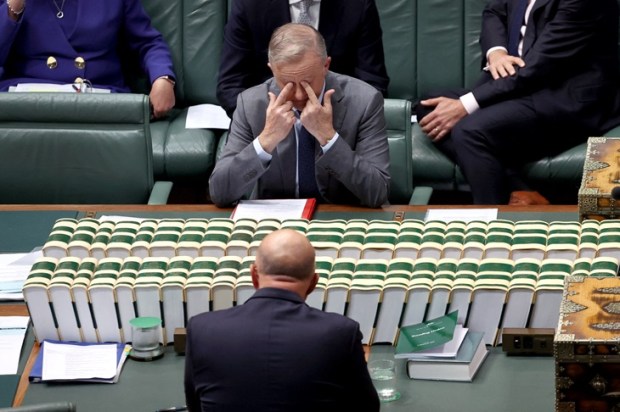








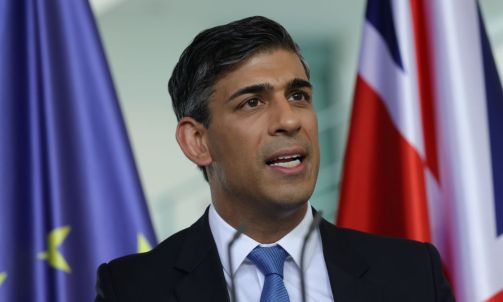
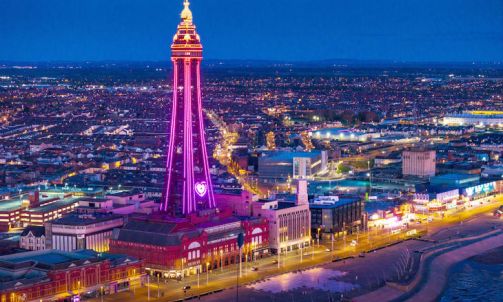

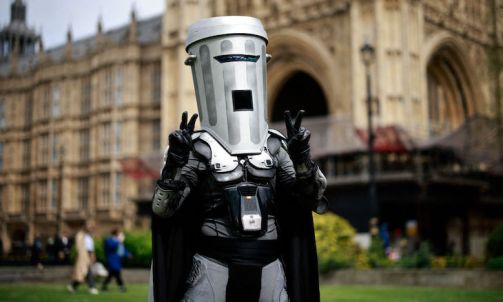
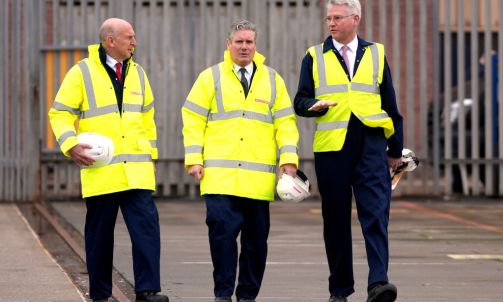






Comments
Don't miss out
Join the conversation with other Spectator Australia readers. Subscribe to leave a comment.
SUBSCRIBEAlready a subscriber? Log in